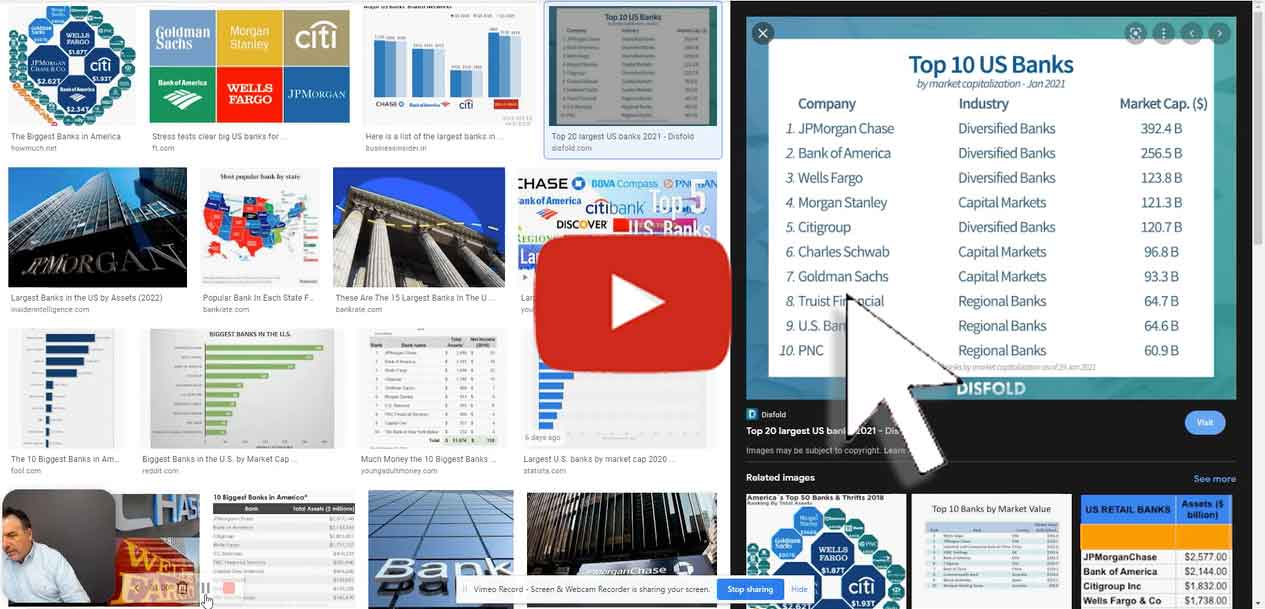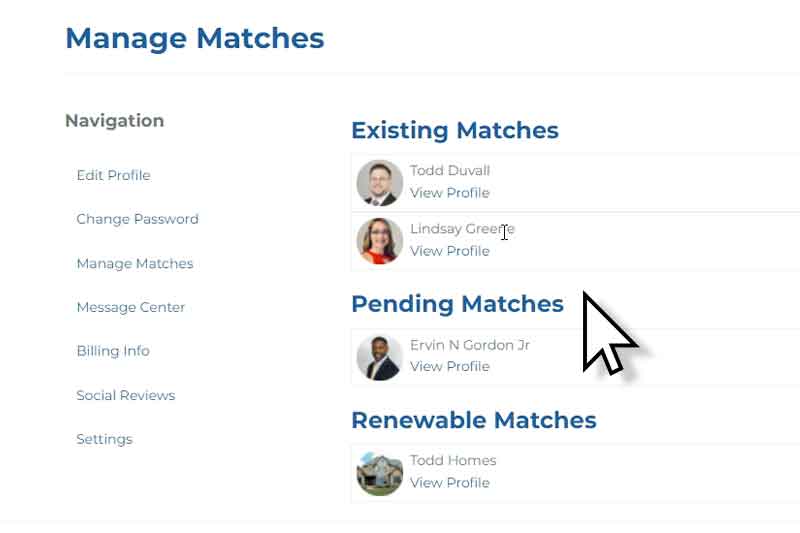Mortgage: Learn How It Works (2022)
Having your own house is everybody’s dream. But it is not easy to get. Buying your own home is very expensive and requires a lot of paperwork. The first step to your dream home is having a mortgage.
If borrowers are given a mortgage term of 5-10 years, the monthly amortization will still be expensive and unaffordable. This is why most mortgages are spread to at least 20 years.
Applying for a mortgage is not easy. Lenders do not give a guarantee that your mortgage application will be approved. There are several requirements that need to be submitted and many qualifications that you needed to pass. Banks or mortgage lenders will look closely into your credit score and history, existing loans which will include any students loans that you are still paying, and most importantly, your ability to pay the monthly amortization.
There are also fees incurred in this process, that is why it is encouraged to go through the pre-approval process so you can assess if you can afford a mortgage and avoid any fees and just get disapproval from your application for a mortgage.
Also, the mortgage will not cover the full amount of the loan. Most often, you will have to provide a downpayment which is around 10-20% of the total value. So it is still necessary to have cash on hand to cover the downpayment and underwriting costs.
Take your time to explore the options available for you to get the best deal and save you money in the long run.
What is a mortgage?
A mortgage is a legal agreement between the lender, which can be a bank or mortgage lender, and the borrower, who is the homeowner. The house to be purchased will serve as a security for the mortgage. In the event that the borrower is not able to pay its monthly amortization, the lender has the right to repossess the property.How does a mortgage work?
Not everyone can afford to pay the full amount of a house in cash. This is when the mortgage comes in. The mortgage will finance the purchase of the house. The homeowner will have the option to stretch the payment to a long period, which is usually between 20 - 30 years. The most common term of payment is 30 years. Spreading the cost of the house plus interest over several years will make it affordable to the borrower.If borrowers are given a mortgage term of 5-10 years, the monthly amortization will still be expensive and unaffordable. This is why most mortgages are spread to at least 20 years.
Applying for a mortgage is not easy. Lenders do not give a guarantee that your mortgage application will be approved. There are several requirements that need to be submitted and many qualifications that you needed to pass. Banks or mortgage lenders will look closely into your credit score and history, existing loans which will include any students loans that you are still paying, and most importantly, your ability to pay the monthly amortization.
There are also fees incurred in this process, that is why it is encouraged to go through the pre-approval process so you can assess if you can afford a mortgage and avoid any fees and just get disapproval from your application for a mortgage.
Also, the mortgage will not cover the full amount of the loan. Most often, you will have to provide a downpayment which is around 10-20% of the total value. So it is still necessary to have cash on hand to cover the downpayment and underwriting costs.
Take your time to explore the options available for you to get the best deal and save you money in the long run.





